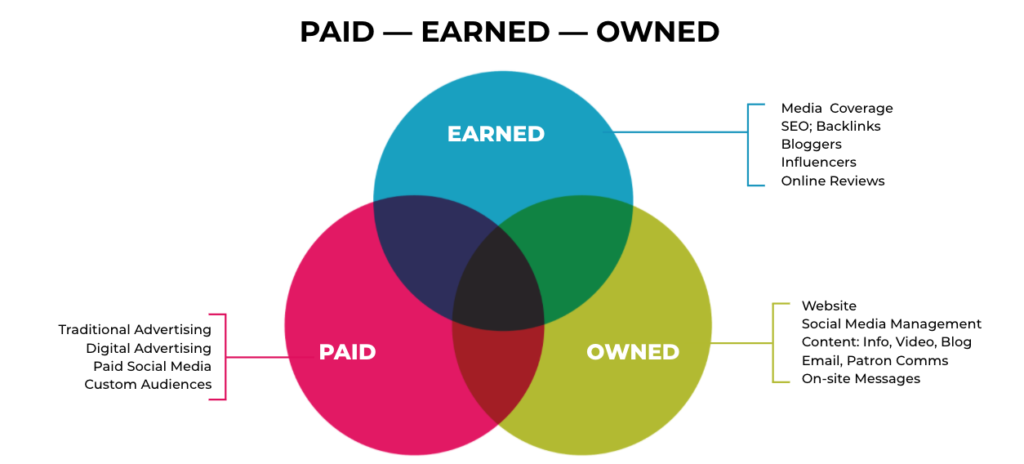A group of media buyers were asked to change a light bulb. Their reply, “Well, what size light bulb do you need? How bright does the room need to be? How long does it need to last? Who is going to be using the light bulb? How much can you spend on the light bulb?”
You get the point: a good media strategy is built on good data points: objectives, target audience, geography and of course budget. Below is the approach our team uses to help build a more effective paid media campaign.
Identify Your Audience
One of the most important aspects of media buying is ensuring that the message is reaching the right audience. With today’s technology, we know more about people’s spending habits and demographic data than we ever have. Using propensity models and Google Analytics, we can pinpoint who your customer is, what their interests are, where they are spending their time online, how much time they are spending online and then most importantly from this data, determine who the next customer most likely will be.
Locate Your Audience
In the digital world, where everyone is holding a personal computer in their hands, businesses now have the ability to location target ads to their customers — what is commonly referred to as geo-fencing. Media outlets are able to geo-fence a particular radius and capture the information of anyone that enters the area and then re-target ads to that person once they have left the perimeter. For example, if you are targeting mothers with elementary age children, you could target the areas around schools during the time of day when parents pick up their kids from school.
Integrate Your Paid Advertising
No matter the size of your business or the field you are in, paid media alone is not an effective marketing strategy. You need to utilize paid, earned and owned media to deliver a comprehensive communications campaign with surround sound impact. Doing this will create greater visibility and credibility for your organization.

Utilize paid media to provide visibility and awareness to your audience, utilize earned (news coverage, influencers marketing) to provide credibility and underscore your value proposition and utilize owned (your website, social media and email marketing) to nurture and engage with your audience. A highly effective campaign achieves true harmony among the three elements.
Track Your Results
Many marketing leaders can’t answer honestly whether or not their ad campaigns are moving the needle. And while CPC (Cost-per-click) and CPM (Cost-per-thousand) are measuring sticks for media buying, they aren’t the only accurate barometers for the effectiveness of an ad campaign.
Before you start any ad campaign, you need to establish Key Performance Indicators (KPI’s) and specific campaign goals that can measure your Return on Investment (ROI). It’s important to decide which KPIs to measure ahead of time so that every campaign can be held accountable accordingly, regardless of the platform(s) utilized in the execution. For many marketers, this metric will be cost-per-acquisition (CPA), which tracks how much money must be spent on a given platform to achieve a desired result- be it an online sale, an email sign up, or an inbound call for more information.
Goals will vary from campaign to campaign, so it is imperative to establish KPIs that are specific. For example, for a brand awareness campaign, the number of impressions and reach and frequency might be measured; whereas for a grand opening of a store, the amount of foot traffic to the specific location would be a metric.
With these tips you can ensure that your team maximizes your marketing spend. You can always contact us if you have any questions!

